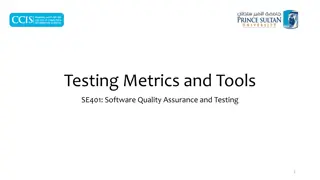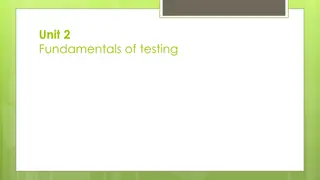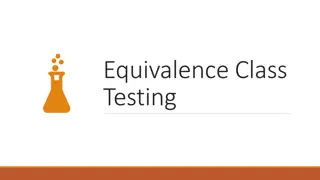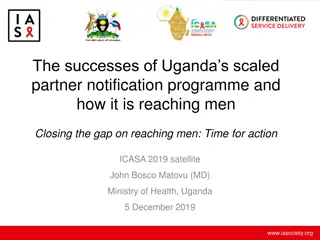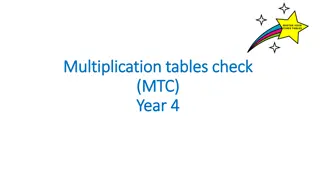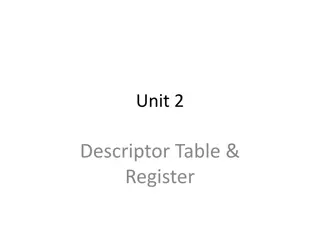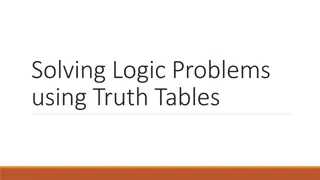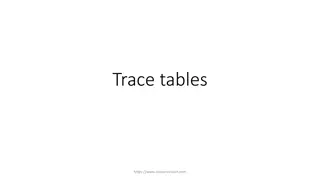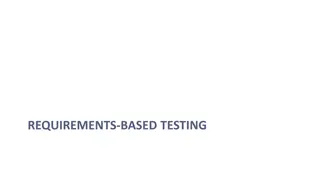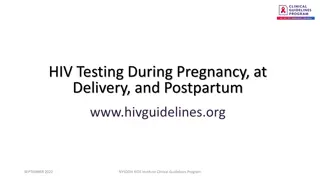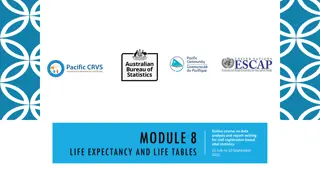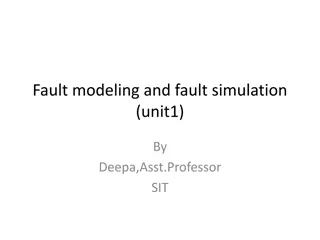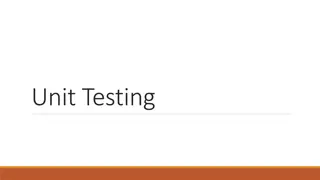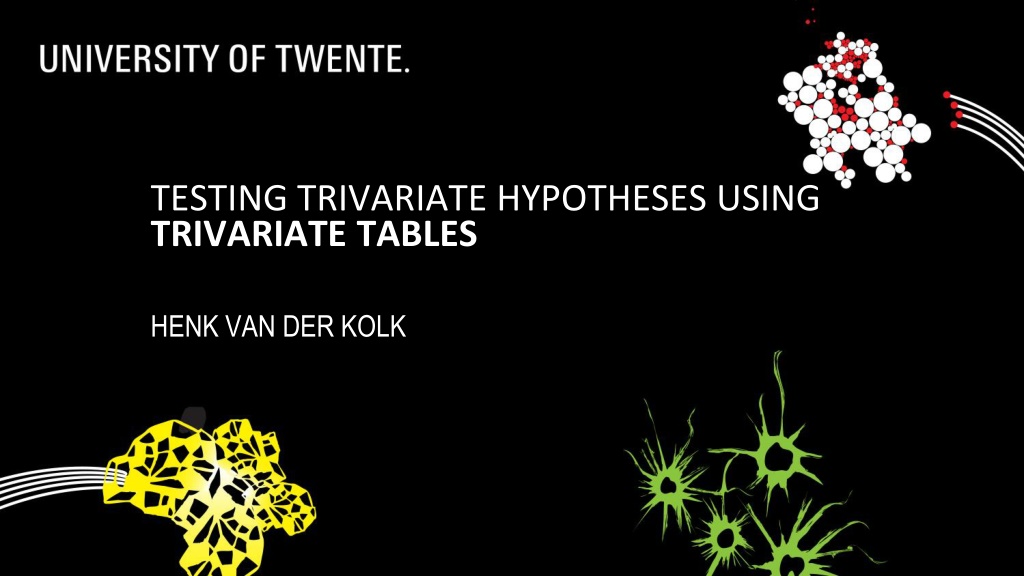
Trivariate Hypothesis Testing with Tables & Examples
Explore the concept of trivariate hypothesis testing using tables and practical examples. Understand how to analyze correlations, non-spuriousness, and potential confounders in research. Discover relationship insights like storks and babies, and learn to construct and interpret trivariate tables efficiently.
Download Presentation

Please find below an Image/Link to download the presentation.
The content on the website is provided AS IS for your information and personal use only. It may not be sold, licensed, or shared on other websites without obtaining consent from the author. If you encounter any issues during the download, it is possible that the publisher has removed the file from their server.
You are allowed to download the files provided on this website for personal or commercial use, subject to the condition that they are used lawfully. All files are the property of their respective owners.
The content on the website is provided AS IS for your information and personal use only. It may not be sold, licensed, or shared on other websites without obtaining consent from the author.
E N D
Presentation Transcript
TESTING TRIVARIATE HYPOTHESES USING TRIVARIATE TABLES HENK VAN DER KOLK
AIM Testing a bivariate hypothesis means studying Time order Correlation/association Non-spuriousness Theorizing potential confounders Formulating a trivariate hypothesis Testing the trivariate hypothesis Constructing a trivariate table 2
EXAMPLE Using confounding to show the idea of elaboration and trivariate tables , but it also applies to: interpretation, modification, addition etc 3
EXAMPLE Relationship between # of storks and # of babies (per capita) in municipalities 4
Title Table: Y by X (absolute numbers; column percentages)(N=...) Independent variable X Increasing order of values Low High Total Column percentages Negative Dependent variable Y Positive Total 5
Table: # of babies by # of storks (absolute numbers; column percentages)(N= 400 (municipalities)) # storks Low High Total 130 (65%) 70 Low 200 (35%) 70 130 (65%) 200 High # babies (35%) 200 (100%) 200 (100%) Total 400 6
CONFOUNDING IN A MODEL Degree of urbanization Number of storks Number of babies 7
CONFOUNDING IN A GRAPH Babies Not urbanized (1) low Very urbanized (10, highest) Storks 8
Table: # of babies by # of storks (absolute numbers; column percentages)(N= 400 (municipalities)) # storks Low High Total 130 (65%) 70 Low 200 (35%) 70 130 (65%) 200 High # babies (35%) 200 (100%) 200 (100%) Total 400 9
Table: # of babies by # of storks (absolute numbers; column percentages)(N= 400 (municipalities)) # storks Urbanized Not urbanized Low High Total (10 + 120 = ) 130 (65%) (30 + 40 = ) 70 (35%) (40 + 30 = ) 70 (35%) (120 + 10 = ) 130 (65%) Low 200 High # babies 200 Total 200 (100%) 200 (100%) 400 10
Table: # of babies by # of storks (absolute numbers; column percentages)(N= 400 (municipalities)) Not urbanized # storks Urbanized # storks Low High Total Low High Total 120 (75%) 30 10 40 Low 150 50 (75%) (25%) (25%) # babies 40 10 30 120 (75%) High 50 150 (25%) (25%) (75%) 160 (100%) 40 40 160 (100%) 200 Total 200 (100%) (100%) 11
CONFOUNDING IN A GRAPH Babies Not urbanized (1) low Very urbanized (10, highest) Storks 12
TESTING TRIVARIATE HYPOTHESES USING TRIVARIATE TABLES HENK VAN DER KOLK





